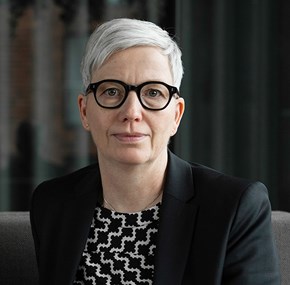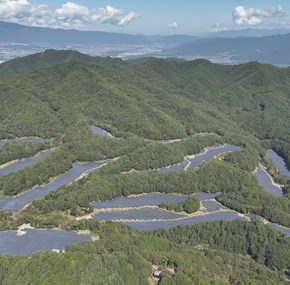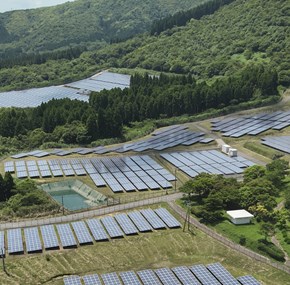How to develop successful solar PV projects – a brief check list
Bent Hansen, Partner, Chief Project Officer, Obton
“There are no guarantees in life”, a famous saying goes. And the saying is equally true of the development of solar photovoltaic projects. At any stage of the development process you encounter obstacles that can potentially kill the project as well as the invested initial capital. From failing to secure the rights to the facility’s planned location to inability to raise the required capital.
At Obton, we pride ourselves of having years of experience in identifying feasible solar PV projects, reducing risks for developers and following the projects through to final agreements and operation.
The first thing we start off with is looking at the overall feasibility.
Feasibility first
Most of the homework regarding development of a solar PV project consists of conducting a feasibility assessment [LINK til dictionary]. Not only does is this assessment put investors at ease by clarifying the whole business case for construction. It also serves as tool for assessing and addressing risks associated with the project.
One of the obvious parameters to consider is the availability of solar resources. At Obton, we always base our decisions on a thorough solar energy yield assessment that not only takes the solar resources into account but also the performance of the technical system.
Rights to the site
Even though a certain site promises an abundance of solar radiation, the project may still be shelved if it is not possible to secure the rights to the location [LINK til dictionary]. Before even starting negotiations with landowners you must carefully examine the relevant zoning plans for the area.
Most zoning plans do not have provisions allowing for construction of solar PV parks. In these cases, the project needs an independent environmental impact assessment to deviate from the zoning plan. It is also during this phase that other possible physical constraints on the land use should be detected – like protected buildings or natural habitats.
If the prospected land still looks promising, you typically make agreements with landowners and assemble your team of skilled partners that will help you reach the finish line of the PV project.
Getting ready to build
After securing the rights to the location, the process of collecting the material needed for the building permit begins. It is during this process that the environmental impact assessment is made as well as a public consultation on the plans. Due to EU harmonization this process is very similar across Europe, however local knowledge and regular contact with the relevant municipality will greatly increase your project’s chances of success.
The strength of your team is extremely important and obviously, you could easily go wrong in this phase in selecting inexperienced or even unqualified partners. That is why we at Obton take great care in vetting our partners.
Only after securing the building permit for your project from the municipality are you ready to place your bid for the tender procedure.






